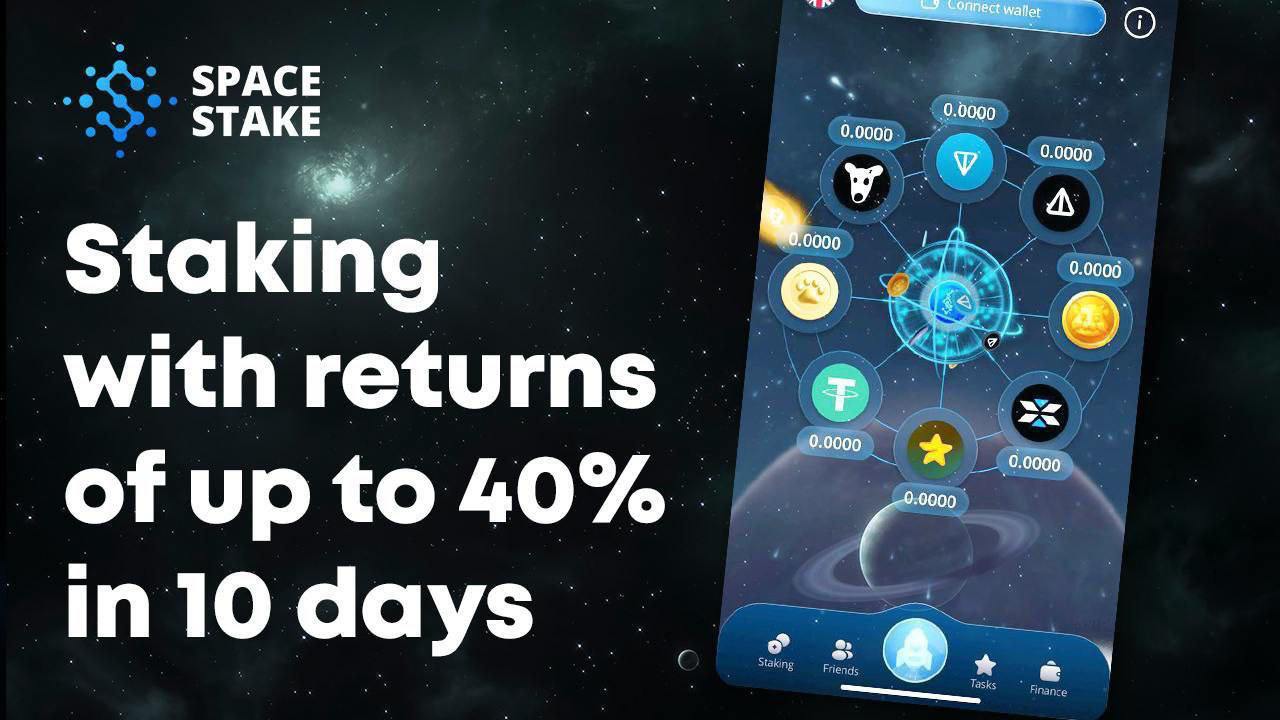Уникальная возможность быстро удвоить свои монеты. 🤑
Пропустили весеннюю программу бонусов от @wallet, где при поддержке Ton Foundation выделяли $30 миллионов для держателей USDTt с доходностью 50% годовых в первые 2 недели?
Для вас хорошая новость, SpaceStake открывает программу стейкинга где вы можете получать пассивный доход в размере до 40%+ за 10 дней от размещения TON-активов в пулах ликвидности. 🤩
Доступные активы для стейкинга: Toncoin (TON) Tether (USDT), Dogs (DOGS), NOTCOIN (NOT), Major (MAJOR),Humster Kombat (HMSTR), Catizen (CATI), X Empire (X).
Базовая ставка будет составлять 20%, но процент прибыли можно ощутимо увеличить выполняя задания и приглашая друзей.
Прибыль насчитывается ежесекундно на ваш баланс, и вы имеете возможность вывести ее в любой момент.
ПЕРЕЙТИ: @SpaceStakeBot
#dyor #SpaceStake



